1. Introduction
In 2025, AI writing tools have become an essential part of the creative and marketing industries. From content creators and copywriters to entire digital agencies, everyone is relying on AI-powered assistants to improve speed, consistency, and quality in their writing. These tools are no longer considered futuristic experiments but practical companions that enhance productivity and creativity in daily workflows.
This article presents a carefully curated list of writing tools and list of AI writing tools, tested and compared for accuracy, versatility, and ease of use. Each platform serves a different purpose, from brainstorming and drafting to editing and SEO optimization.
At Toolactive, we help professionals discover, compare, and evaluate the best AI and IT tools available. Our mission is to simplify your tech decisions through verified insights, categorized listings, and real-world reviews. With this guide, you’ll gain a clear understanding of the top AI writing assistants, learn how to compare them effectively, and discover which ones best suit your writing goals.
If you want to explore more automation support tools, you can see the list of writing ai software.
2. Why AI Writing Tools Matter in 2025
We’ve come a long way from the days of staring at blank pages and blinking cursors. Today, AI writing assistants can help you brainstorm ideas, fix grammar, optimize for SEO, and even suggest creative storylines.
Writers, marketers, and teams now use AI not only for blog posts but also for ads, academic papers, social media, and even storytelling. The biggest benefits are clear:
-
Speed – Get drafts ready in minutes instead of hours.
-
Quality – Advanced language models ensure accuracy and readability.
-
Cost Efficiency – Fewer hours writing means more time for strategy.
That’s why professionals constantly look for a reliable list of AI writing tools — not just for inspiration, but to find tools that truly match their goals.
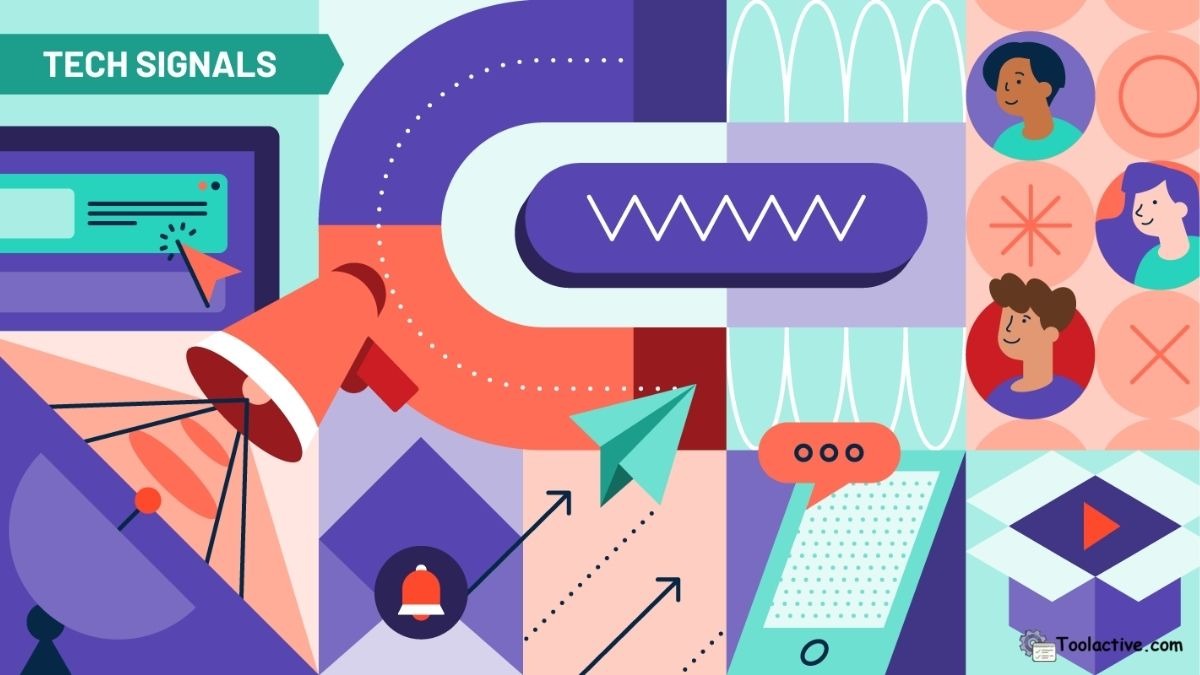
3. Comparison Table: Top AI Writing Tools in 2025
Below is a simplified overview of some of the most popular AI writing platforms this year. Each tool brings a unique strength to your workflow.


This table provides a quick snapshot of how each tool can fit specific writing purposes, whether you’re producing articles, managing marketing campaigns, or editing existing text.
4. How to Choose the Right Writing Tool
Selecting the right writing tool depends on understanding your primary goal. A content marketer may prioritize SEO and brand consistency, while a novelist may focus on creativity and story development. Similarly, editors often look for clarity and tone improvement features.
When evaluating tools, focus on three main aspects: your purpose, the available features, and integration options. For example, if your objective is to create SEO-driven articles, Jasper AI or Writesonic might be ideal choices. For creative writing, Sudowrite excels with its storytelling engine.
If you’re just beginning, start by exploring free versions. Most AI platforms offer limited trials that allow you to test capabilities without commitment. You can easily explore and compare these options on Toolactive’s directory, which compiles reliable insights and user reviews.
Toolactive encourages users to compare AI writing tools side by side to identify the one that best complements their writing workflow and long-term goals.
5. Detailed Breakdown: Best Use-Cases for Each Tool
Each tool listed below serves a specific writing function, and understanding their strengths and weaknesses will help you choose effectively.
1. Google Docs remains the most popular collaborative writing tool. Its real-time editing, autosave, and sharing options make it ideal for teams. However, it can be limited in offline use and sometimes struggles with complex formatting.
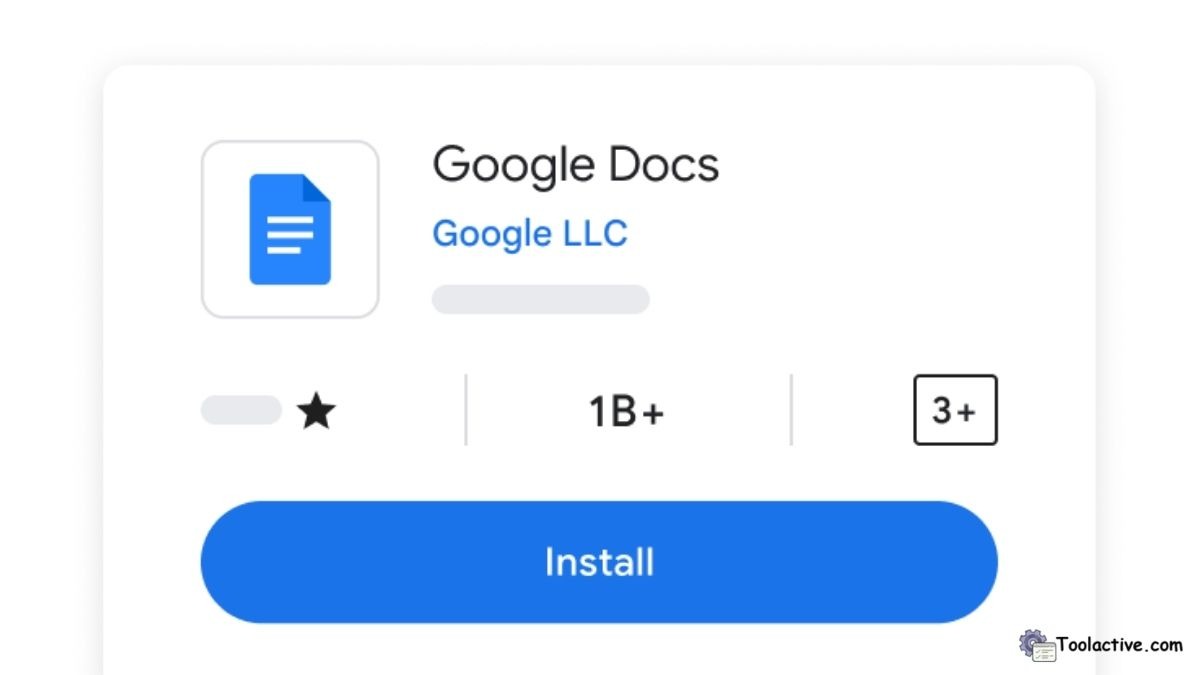
2. Grammarly is perfect for grammar, spelling, and tone correction. It offers real-time suggestions and AI-driven clarity improvements, but some advanced functions are available only in the premium plan.

3. ChatGPT by OpenAI is widely used for idea generation, outlining, and rewriting. It excels in brainstorming and creative assistance but requires human editing to ensure factual precision.
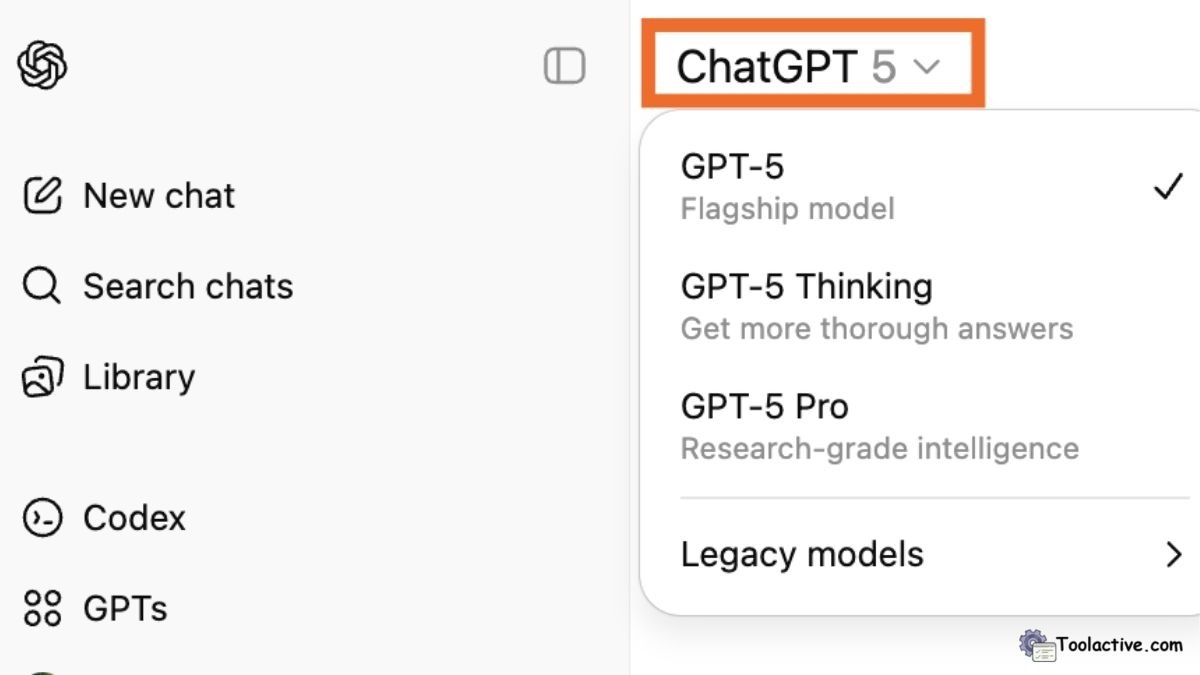
4. RightBlogger is designed specifically for bloggers and marketers. It helps generate SEO-optimized content and outlines efficiently, though the free tier offers limited customization.

5. Wavemaker is a powerful platform for long-form writing such as novels or reports. It provides tools for character tracking and chapter organization, though its interface feels slightly outdated compared to newer tools.

6. Clockify focuses more on productivity and planning. Clockify tracks writing hours and productivity reports, while Nozbe offers task management features that support organized writing schedules.
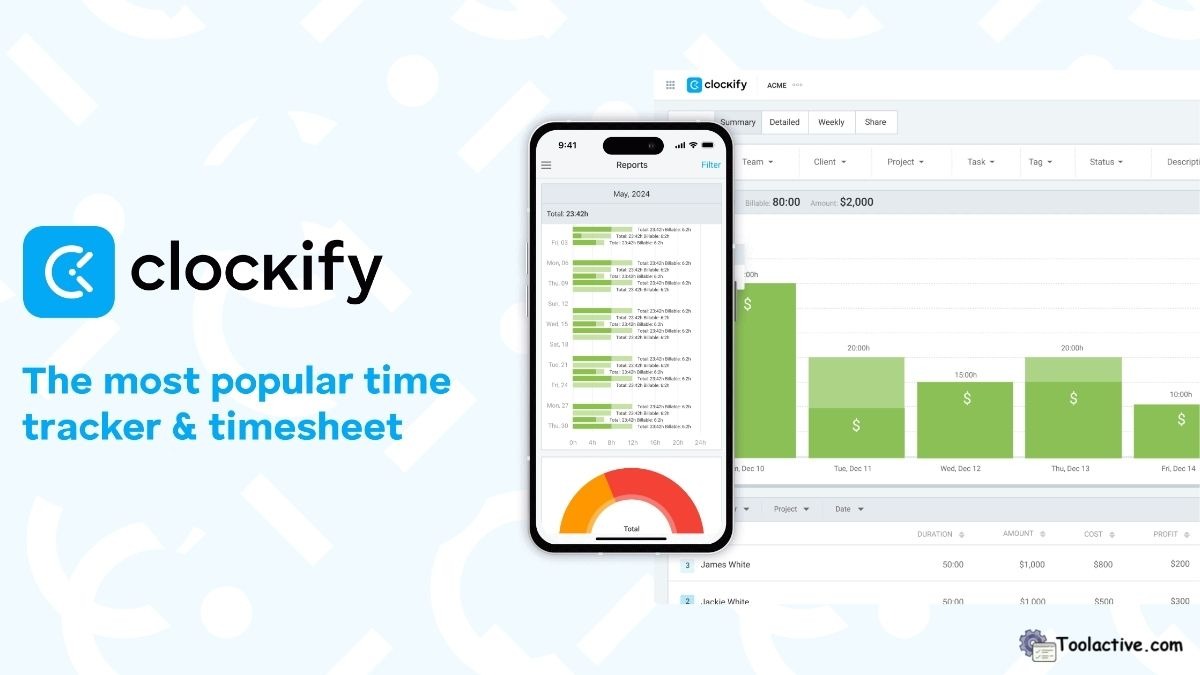
7. WordPress remains unmatched for publishing and content management. It allows full customization and plugin flexibility but requires some technical setup.
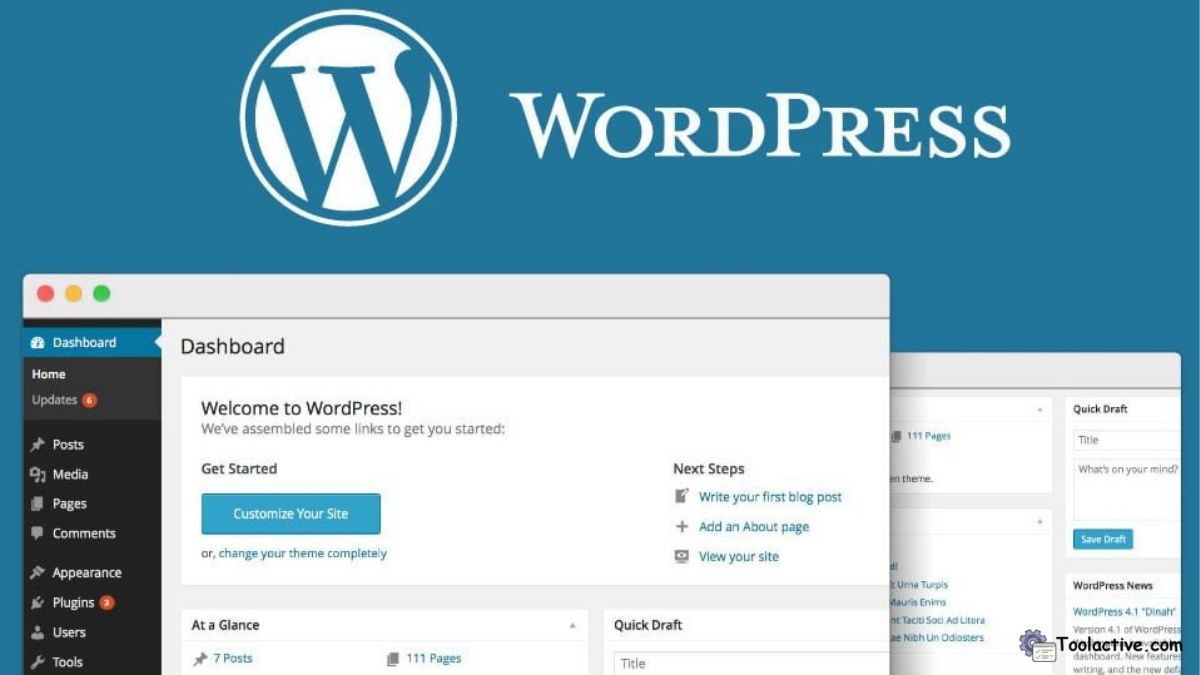
8. PayPal may seem unrelated, yet it’s crucial for freelancers managing writing payments, offering a reliable and secure platform for transactions, albeit with transaction fees.
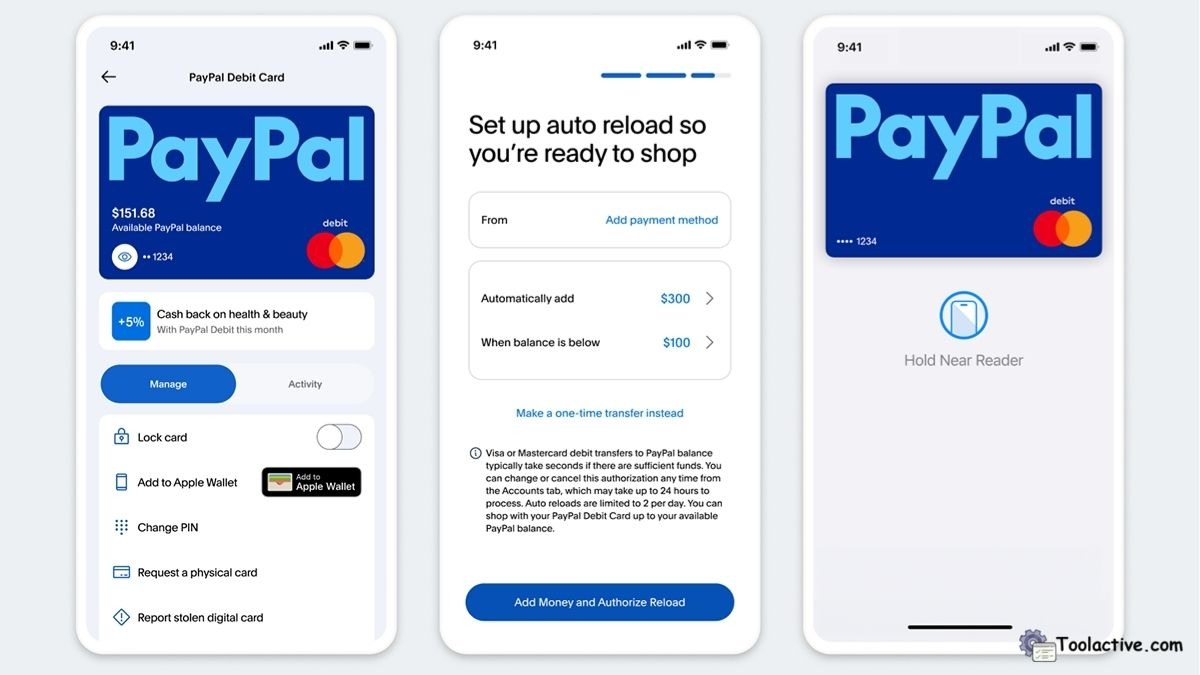
9. Canva complements the writing process by assisting in visual content creation, helping writers design blog graphics and social media visuals. The free version is generous, but premium templates and elements require upgrades.

10. Nozbe focuses more on productivity and planning. Clockify tracks writing hours and productivity reports, while Nozbe offers task management features that support organized writing schedules.

Understanding where each tool fits into your process will make it easier to build a complete and effective writing system.
6. Recommended Free vs Paid AI Writing Tools
Here’s an overview comparing free and paid options to help you plan your writing stack strategically.
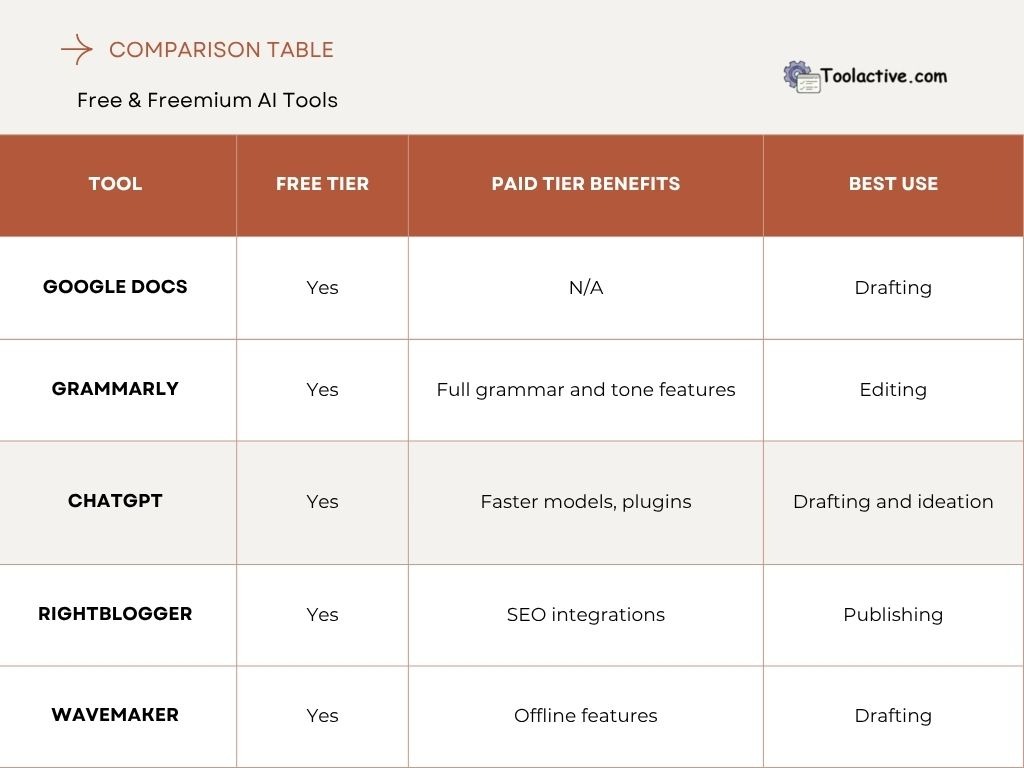

Free tiers work well for testing, but premium plans unlock additional features such as SEO optimization, plagiarism checking, and team collaboration. For professionals managing brand tone or scaling content output, upgrading is often worth the investment.
7. Build Your Writing Stack
Creating your ideal writing setup doesn’t mean using every tool — it’s about combining the right ones for your specific workflow.
-
Planning Tool: Use Nozbe or Clockify to manage your writing goals, track hours, and stay organized.
-
Drafting Tool: Choose Google Docs, ChatGPT, or Wavemaker for flexible writing and brainstorming.
-
Editing Tool: Rely on Grammarly, Canva, or RightBlogger to polish text and enhance visuals.
This combination gives you full coverage — from planning to publishing — all streamlined through tools you can compare easily on Toolactive.
8. Best AI Writing Tools: FAQ
Which AI writing tool is best?
It depends on your goals. Grammarly works best for editing, ChatGPT for brainstorming, and RightBlogger for SEO-focused writing.
Which AI tool helps in writing?
Tools such as ChatGPT, Grammarly, and Wavemaker are designed to assist throughout the planning, drafting, and editing stages.
Is AI writing free?
Most tools offer limited free versions. Premium options provide enhanced features like faster processing and better customization.
Does Google penalize AI writing?
No, Google does not penalize AI-generated content as long as it is original, useful, and created for readers rather than algorithms.
Is Jasper free?
Jasper offers a free trial, but its main services are paid and tailored for professional marketers and teams.
What’s the best AI for essays?
ChatGPT and Grammarly are ideal for essays due to their structure, tone, and clarity support.
Is using AI for writing legal?
Yes, it is legal, though in academic or professional contexts, disclosure of AI assistance may be required.
Is Grammarly an AI?
Yes. Grammarly uses machine learning to analyze and enhance writing accuracy and tone in real time.
9. Conclusion
The list of AI writing tools in this article reflects 2025’s most innovative and effective platforms. Each tool, whether designed for drafting, editing, or publishing, plays a unique role in improving how we create content. The future of writing lies not in replacing human creativity but in enhancing it through intelligent automation and guided workflows.
Writers today are empowered to produce faster, think smarter, and reach broader audiences with the help of AI. By exploring and combining multiple tools, you can build a writing system that saves time and maximizes output quality.
At Toolactive, our goal is to make that discovery process easy. We bring together verified, data-driven insights to help you find the right writing assistants — all within one trusted platform. As AI technology continues to evolve, it will keep transforming how people write, collaborate, and express ideas. The best time to embrace these tools is now.

.jpg)





.jpg)






